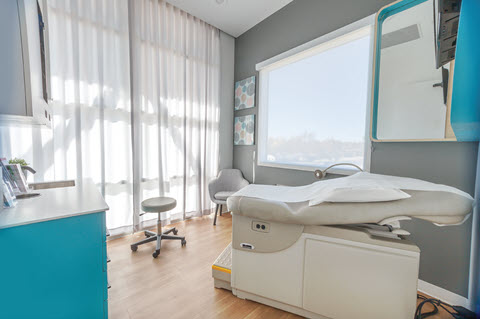Dive Into These New Office/Outpatient Consultation CPT® Guidelines
Hint: Code 99241 will be deleted in 2023. In 2023, you will see several updates to the CPT® guidelines for evaluation and management (E/M) that will affect your ob-gyn practice. Some of the most notable changes will apply to office/outpatient consultations. Take a look at what you will need to know about these E/M changes for the start of the new year. Add 2021 E/M Rules to Consultations in 2023 Effective Jan. 1, 2023, you’ll see several changes in the AMA’s 2023 CPT® E/M section, including revisions to inpatient and outpatient consultations. The changes to these subsections of the E/M chapter comprise of headline, guideline, code, and descriptor adjustments that line up with the 2021 E/M rules. Starting off, the altered wording in the consultations guidelines includes “other qualified healthcare professional” when mentioning who can perform E/M consultations, as well as start diagnostic or therapeutic services during the visit or at a subsequent visit. Turning to the office/outpatient consultations guidelines, you’ll find the places of service (POS) are revised in the 2023 code set: Mandatory modifier: The guidelines also state that you should append modifier 32 (Mandated services) to a consultation that is required. For example, if a payer requests a consultation, such as a second opinion before the payer approves treatment, you should append modifier 32 to the applicable consultation code. Pinpoint Revised Office/Outpatient Consultation Codes In CY 2023, the office/outpatient consultation codes will be updated to allow the provider to select the level of visit based on medical decision making (MDM) or time, when the latter is applicable. The revised office/outpatient consultation E/M codes for CY 2023 are as follows. (Note: Portions of the revised descriptors are emphasized for easy reference): Overtime code: A parenthetical note is added after 99245, instructing you to use prolonged services add-on code +99417 (Prolonged outpatient evaluation and management service(s) time with or without direct patient contact beyond the required time of the primary service when the primary service level has been selected using total time, each 15 minutes of total time (List separately in addition to the code of the outpatient Evaluation and Management service)) for services lasting 70 minutes or longer. If you’re billing an E/M visit solely based on time, you can assign +99417 only after 15 minutes have elapsed beyond the minimum time required for the highest-level primary service. In the cases of office/outpatient consultations, you cannot assign +99417 until 15 minutes have passed after the initial 55 minutes of the 99245 consultation — in other words, 70 minutes total. Additionally, the 15 minutes of +99417 may count whether the provider was in direct contact with the patient. Key code deletion: While present in the 2022 CPT® code set, 99241 (Office consultation for a new or established patient, which requires these 3 key components: A problem focused history; A problem focused examination; and Straightforward medical decision making…) is deleted from the 2023 CPT® code set. Instead, you’ll report 99242 for a consultation that involves straightforward MDM. Grasp How to Choose the Correct Consultation Code How will consultation codes change in CY 2023? “As part of the 2023 revisions, this range of consultation codes can be documented through either time or MDM. History and exam, as with office visits, are no longer key components of consultations,” says Nancy Clark, CPC, COC, CPB, CPMA, CPC-I, COPC, AAPC Fellow, senior manager at Eisner Advisory Group LLC in Iselin, New Jersey. Going forward on Jan. 1, 2023, you’ll use either documented time or MDM to support your E/M consultation code choice. You should review your individual payer preferences, but if they don’t have specific additional requirements, you, along with provider documenters, can decide how to support your code choice for the encounter. Provider documenters are the providers who document and select the code. What if you have a report that states the provider used a certain level of MDM, but the total time surpassed a higher level of MDM? “If the provider documents cumulative time along with the MDM and relevant history/physical examination, the coder can select the method that benefits the provider,” says Carol Pohlig, BSN, RN, CPC, manager of coding and education in the department of medicine at the Hospital of the University of Pennsylvania in Philadelphia. The same applies to provider documenters. The provider has the ultimate responsibility to document and select the code. “If the provider believes the encounter was especially lengthy, they may choose to document the time spent in various activities and select a code based on time,” Clark adds. Example: A physician performs an E/M visit where the documentation supports moderate complexity (99244), but the total time for the visit is 55 minutes (99245). In this case, you can assign 99245 for the service.





